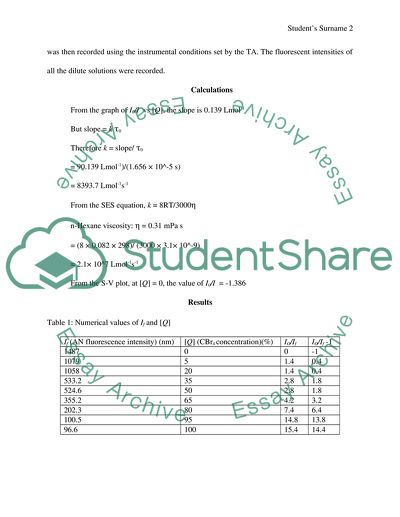Fluorescence Lab Report Example | Topics and Well Written Essays - 500 words. Retrieved from https://studentshare.org/chemistry/1683458-fluorescence
Fluorescence Lab Report Example | Topics and Well Written Essays - 500 Words. https://studentshare.org/chemistry/1683458-fluorescence.


